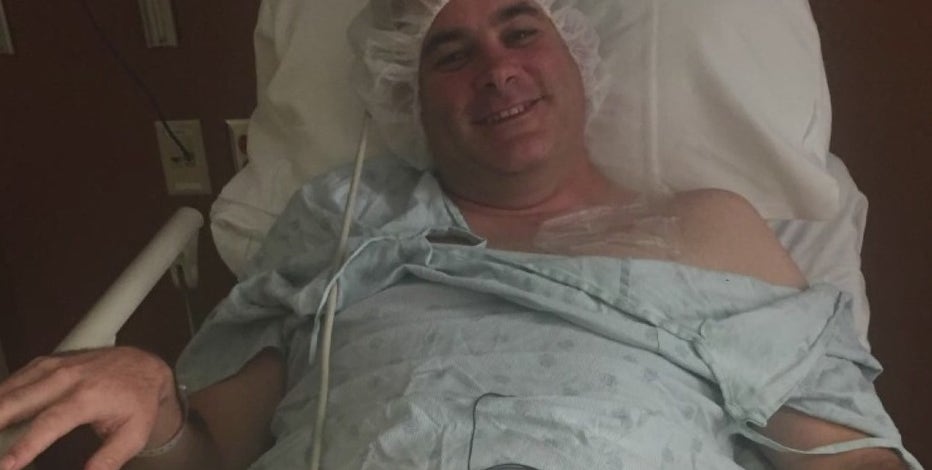Nose stents to treat sleep apnea, snoring, and allergies

Nose stents to treat sleep apnea, snoring, and allergies
A treatment using small tubes is being used to help treat several medical problems.
HOUSTON - You've probably heard about stents for your heart, but how about for your nose to treat your airway?
A treatment using small tubes is being used to help treat several medical problems.
Our lifestyle is often affected by our airways for everything from how we sleep to how well we deal with allergies.
"Everybody thinks that you get most of your oxygen when you breathe through your mouth, but in reality, it's your nasal passage and the development of nitric oxide. Being able to breathe through your nose, just enhances your ability to oxygenate your blood," states Jack Huber, President of Alaxo Airway Stents.
He helped create the company after personally heading out on a journey for alternative treatments to breathe more easily.
"I was diagnosed with sleep apnea five years ago and had a CPAP machine, and I couldn't get used to it. Everybody just throws the term sleep apnea around and we like to use the term sleep disorder, and it can come from a lot of different areas that can come from restricted nasal breathing. If you're heavy, your tongue (can cause it). 35% of apnea has nothing to do with your physical makeup, so anybody who snores has some type of an issue, and our stents really revolve around helping you breathe with the upper airway," says Huber.
Featured
Know the signs: Age trending younger for colorectal cancer
Doctors say colorectal cancer is affecting younger people these days and encourage you to get screened earlier than you may realize.
The stents have been clinically tested and are FDA approved to treat obstructive sleep apnea and snoring, offering a new non-surgical option. Studies show they support the upper airway passage and allow for better airflow and easier breathing. Huber says some people wear them along with their CPAP machine, though he was able to ween off of his CPAP.
It may make you wince to think of placing a device in your nose, even Huber struggled with it at first.
"We get told from a very young age, not to shove anything in your nose. A business partner and very good friend of mine jumped on a plane, went to Germany and got the stents and brought them back, and he said we'll try and put them in, and it took me two months to get the nerve up to put the stents in. When he started having good success, my wife started encouraging me, and so I started to wear the stents," says Huber.
Featured
Houston doctors help save baby with unusual heart defect from Mississippi
Ten-month-old Imani was born with a very unusual, but common heart defect. He needed lifesaving surgery and found the right doctors at Children’s Memorial Hermann Hospital in Houston.
He goes on to describe the process as similar to wearing contact lenses, taking several weeks to break them in and wearing them longer each time.
"They are now part of my daily routine. I wear them because of my allergies during the day and I wear them at nighttime and it literally takes me 10 seconds to put my stents in, and a lot of times, most of the time don't know that I have them in," smiles Huber.
Huber says clinical studies show the stents can help treat chronic sinusitis and help athletes breathe easier, improve circulation, leading to better muscle recovery. He says they’ve even partnered with NFL Alumni. Most health insurance companies will cover the cost.
Click here for more information.



